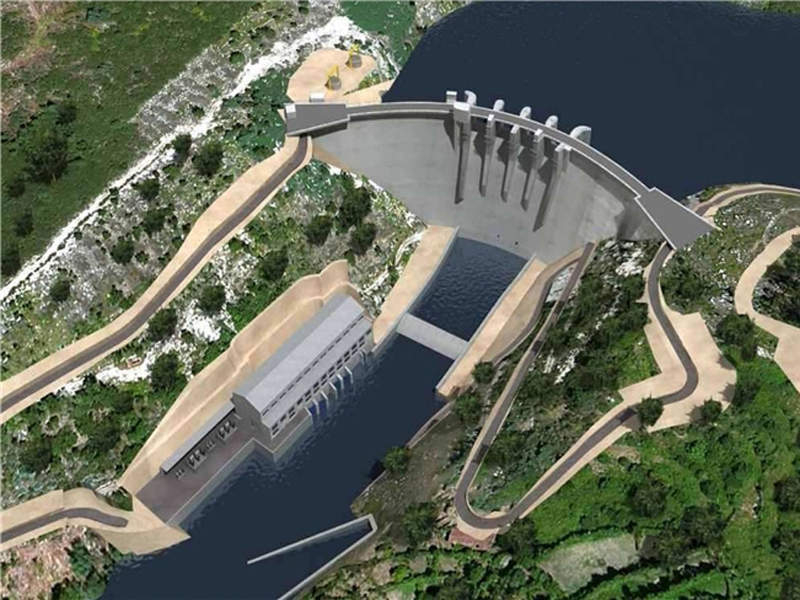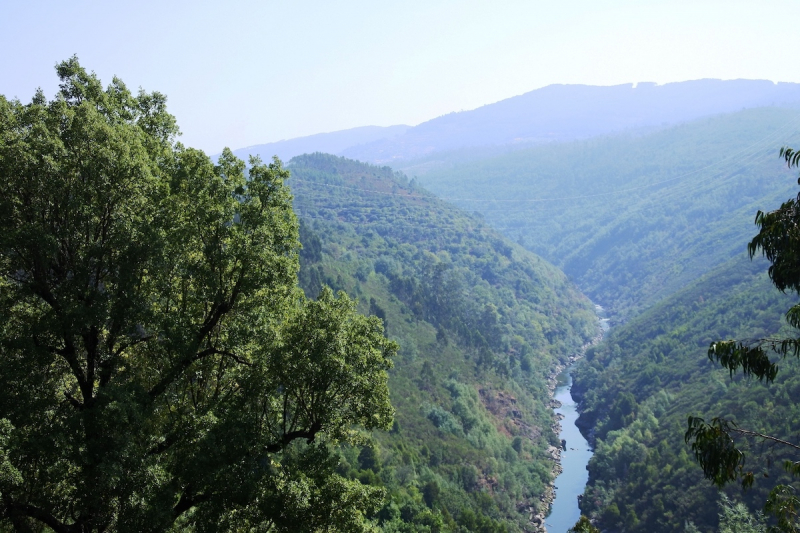Tâmega

The Tâmega or Támega is a river that flows through Galicia, Portugal, and Spain. Its journey begins near Verín, Galicia, Spain, and ends in the provinces of Trás-os-Montes and Douro Litoral, Portugal.
The Tâmega River is a Douro River tributary. It flows south from Verín to Chaves, Portugal, and then through the Veiga Valley, a rich valley. The river narrows below Chaves as it passes through mountains and valleys. It is not navigable due to low water levels and numerous tiny dams, going through the cities of Amarante and Marco de Canaveses and falling in the Douro River near Entre-os-Rios: Entre-os-Rios literally means "between the rivers."
The Tâmega is historically more significant than economically. It has long functioned as an invasion route for foreign armies seeking to invade Portugal's wealthier southern provinces. Battles and invading armies have been particularly common in the valley around Chaves.
The Tâmega, like many other rivers, is polluted and ravaged by sand and gravel extraction firms. The water's quality has significantly degraded. Flooding is another issue that occurs on a regular basis.
The Tâmega has been steadily recuperating from the impacts of pollution since the Torrão dam was completed in 1988, less than 1 kilometer above the Douro river and the village of Entre-os-Rios in the municipality of Marco de Canaveses. Sand mining has been banned, and several cities upstream have erected modern sewage treatment plants. Between the cities of Amarante and Mondim de Basto, a new dam is being built. The project will include a flood control system that will channel water flow to the smaller Olo River, in addition to producing energy. A pumped-storage hydroelectric power plant with an output of 880 MW is currently being built.
Length: 145 km (90 mi- shared with Spain)











